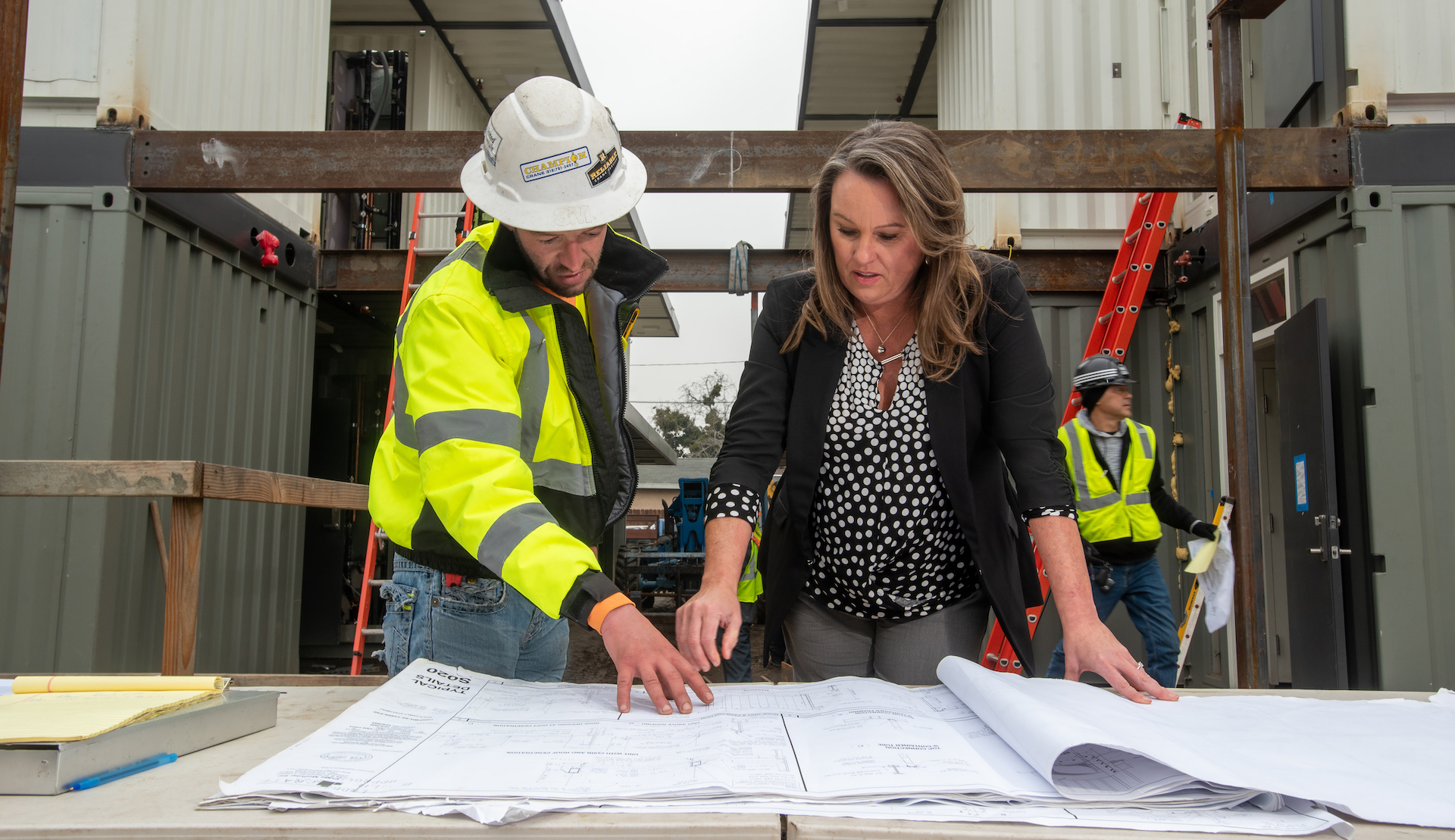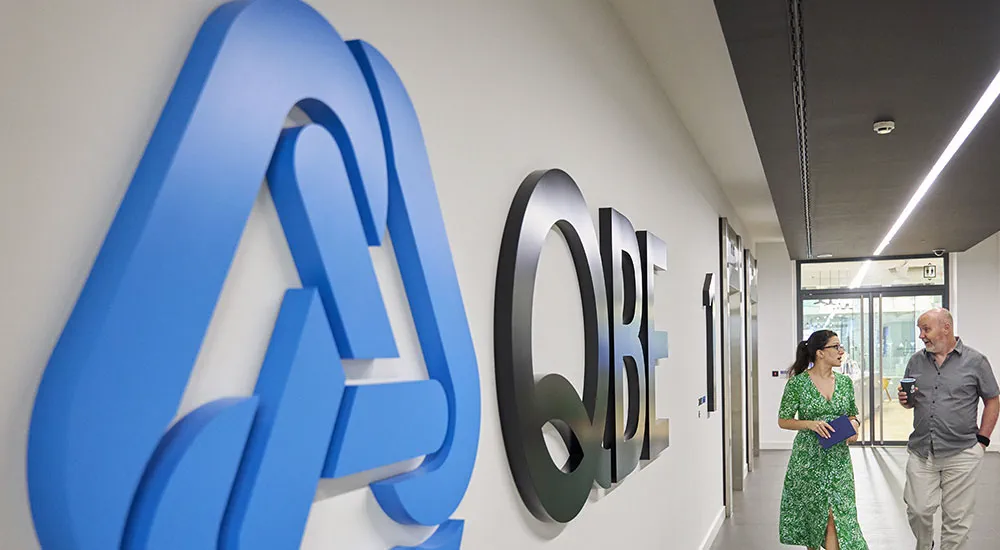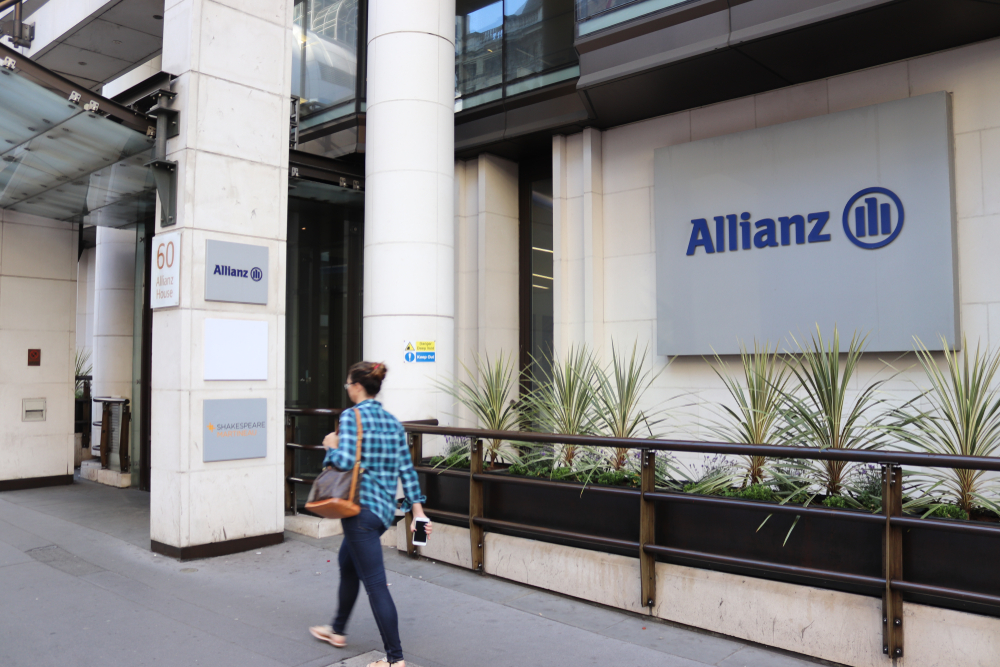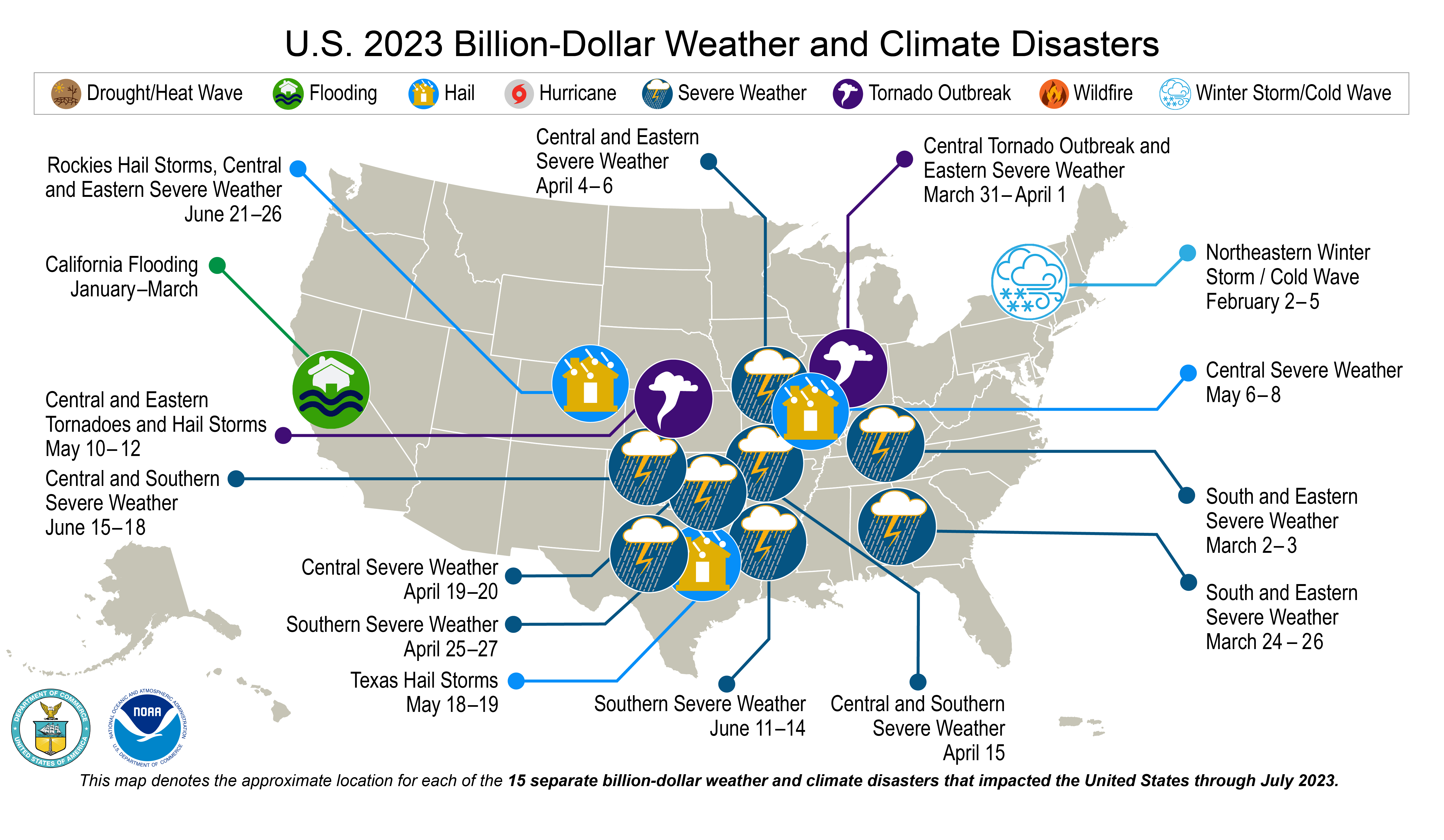This post by Scott Kalb of New America is in response to “O Canada, how do your pension plans get high ESG scores when you’re up to your neck in tar-sands oil?,” published on Jan. 24 in ImpactAlpha by Imogen Rose-Smith.
I would like to thank ImpactAlpha for publishing our response to Imogen Rose-Smith’s article published on Jan 24, 2022. We are glad that readers are taking our work seriously and we welcome the opportunity to have a thoughtful discussion about the merits of the Responsible Asset Allocator Initiative report, although we don’t think calling anyone’s work “stupid” is conducive to a meaningful conversation. It is not constructive for those seeking to advance change in responsible investing to throw stones at one another, a tactic that is driving some of the most destructive and polarizing policy debates in society today.
There are various ways to motivate change among asset allocators and promoting a “race to the top” is RAAI’s preferred approach. We believe this is the right path because investors need expertise, support, and positive incentives to change practices that may have become deeply rooted and institutionalized over time. Developing solutions to today’s most challenging problems is no easy task.
We also believe that institutions need to be held accountable, and by transparently reporting scores and performance rankings, we are providing tools that help to promote such accountability. Contrarily, we feel that “naming and shaming” is not a productive approach for RAAI to foster change – it will not establish the trust and confidence needed to be welcomed as a guide and advisor for allocators. In addition to the Index, the RAAI also features programming that supports investors as they think through the next phases and frontiers of responsible investing. For instance, we are facilitating dialogues with investors on how to improve financial benchmarking practices to better account for systemic risks, such as climate change.
Rose-Smith raises valid concerns about the state of the industry in her article but based on her comments we would like to clarify a few points. Before we do so, let’s back-up and explain what the RAAI 2021 Index and Leaders List Report is and what it does. The report, the third biannual index published by the RAAI, rates and ranks 251 of the world’s largest asset allocators, sovereign wealth, and government pension funds, on their responsible investing practices. The study, developed in partnership with the Fletcher School at Tufts University, analysed asset allocators from 61 countries with assets of $26 trillion, based on ten principles and thirty criteria, to identify 30 Leaders and 22 Finalists (the Top Quintile) that together set a global standard for leadership in responsible, sustainable investing.
In her article, Rose-Smith claims that “the RAAI rankings rely on what the world’s largest allocators say they do, rather than what they actually do,” but this assertion is wrongheaded. In fact, RAAI’s methodology specifically addresses this issue by avoiding the use of investor self-assessments or surveys. Rather, RAAI analysis is based on annual reports, websites, and information in the public domain – documents that are regulated, audited, and that reflect real actions. RAAI scores are based on what asset allocators do.
Rose-Smith also claims there must be something wrong with the RAAI ratings if the Illinois State Universities Retirement System (SURS, scoring 66%) ranks lower than the Public Investment Fund of Saudi Arabia (PIF, scoring 72%) because “the State of Illinois passed positive ESG legislation,” and “Saudi Arabia is Saudi Arabia.” This comment is somewhat misguided, like comparing apples and oranges – the RAAI does not rate states on their responsible investing policies, but rather individual asset allocators on their responsible investing practices. That is why the four asset allocators in Illinois rated by the RAAI all have different scores, because they are managed independently, and some are better than others.
We understand that lists have limitations, but we believe they can play an important role in helping to solve real world problems. As the only comprehensive index measuring the responsible investing practices of the world’s largest investors, the RAAI fulfills several purposes, including 1) establishing a baseline for comparing the ESG performance of global asset allocators; 2) creating a constructive “race to the top,” as global asset allocators compete to improve their performance and join the Leaders and Finalists; 3) mobilizing fresh capital for responsible investments such as renewable energy, sustainable infrastructure, and improved access to clean water and healthcare; and 4) establishing basic levels of accountability, as the report provides transparent, downloadable data, along with ratings and scores that can be used to analyze performance.
It is all too easy to take potshots at investment institutions for investing in “ESG losers,” as Rose-Smith does with several leading Canadian asset allocators, but we should also recognize the positive ESG actions these firms are taking. For example, AIMCo has invested $3.2 billion in renewable energy, timberland, and agriculture (as Rose-Smith acknowledges) and last year conducted diligence on another $1.6 billion in renewable projects. AIMCo conducted ESG due diligence on $6 billion of private equity investments. It engaged with the managements of 180 portfolio companies in 11 countries and wrote 81 letters, regarding critical ESG issues such as climate change, diversity, compensation, and labor rights. It invested in clean water in Brazil and low-carbon sustainable food production. Over 90% of its Canada real estate holdings are certified as green. AIMCo also completed its third TCFD (Task Force on Climate Related Disclosures) report, providing a very detailed analysis of the carbon emissions of its portfolio.
It also is worth noting that many of the positions Rose-Smith is concerned about are legacy holdings that institutions are actively seeking to shift, and methods for making that shift are not clear cut, as there are complicated trade-offs and negative real-world impacts if transitions are made in haste. Debates relating to “Just Transition” capture this point, particularly for economies that have been historically dependent on fossil fuels, like Alberta. There are technical difficulties for making such shifts too – for example, measurement and management of Scope 3 emissions, which Rose-Smith expresses concern about. In our view, it is far more important to determine how overall portfolios are constructed and if total ESG performance, including winners and losers, is trending in the right direction.
At the RAAI we do analyze asset allocator holdings to confirm “ESG winners” in portfolios, but we do much more than that. We check that responsible investing programs are clearly articulated, transparently disclosed, and accountable to savers. We look for affirmation of responsible investing goals and a commitment to reporting progress through audited financial statements. We examine ESG integration across asset classes and check for progress over time. We score points for collaboration, partnership, and advocacy that helps to advance responsible investing and overcome global systemic challenges. We reward asset allocators for engaging with companies, voting their shares, and divesting when it makes sense, to influence managements regarding critical ESG issues such as climate change, racial injustice, and income inequality.
There is nothing wrong with putting pressure on asset allocators to address ESG shortfalls in their portfolios but accusing asset owners of focusing more on chasing ESG rankings than on trying to make a difference, as Rose-Smith does, is counter-productive. Rankings don’t go up unless responsible investing practices improve, and as the rest of the world gradually increases its ESG scores (the world average ESG score increased from 44% to 52% over the last six years), standing still is not an option.
Let’s be clear, a score of 100% in the RAAI rating system is a great achievement, but it does not mean that an asset allocator is perfect, nor that there is no room for improvement. To the contrary, asset allocator scores are based in part on consistent progress and innovation, and a high RAAI ranking cannot be maintained without continuous advancements in responsible investing practices. This can be seen in practice in the RAAI rankings, as over the years asset allocators have dropped out of the top quintile, while new Leaders and Finalists have emerged. It is one of the main reasons why “a race to the top” is our preferred method to drive change – we need continued progress in responsible investing if we are to be successful in overcoming the environmental and social challenges the world faces today.
Scott Kalb is the director of the Responsible Asset Allocator initiative at New America.











